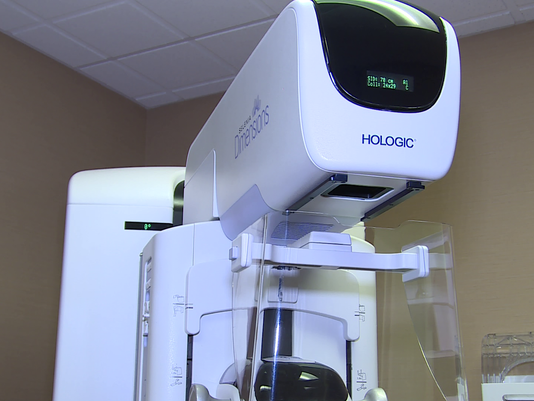
New South Wales Opening First Breast Milk Bank
Story by Karina Moreno Bueno, T'21 New South Wales (NSW), Australia has opened it’s the first ever Breast Milk Bank this month in order to aid the survival of premature babies. This is great, as donated human breast milk has not always been accessible in NSW. It relies on human donor breast milk, milk originating from lactating women in a center run by the Australian Red Cross Blood Service and NSW Health. The bank is designed to provide nutritious milk for premature babies. The premature babies have access to this nutrient-rich milk to fight off life-threatening infections and disease. This breast milk bank is very important because around 1000 babies are born before premature or with low birth-weight in NSW. Many are calling this milk “liquid gold” because the milk contains all of the nutrients that are essential for growth and for fending off diseases. Research has shown that breast milk reduces the risk of potentially life-threatening bacterial infections in premature babies,...









